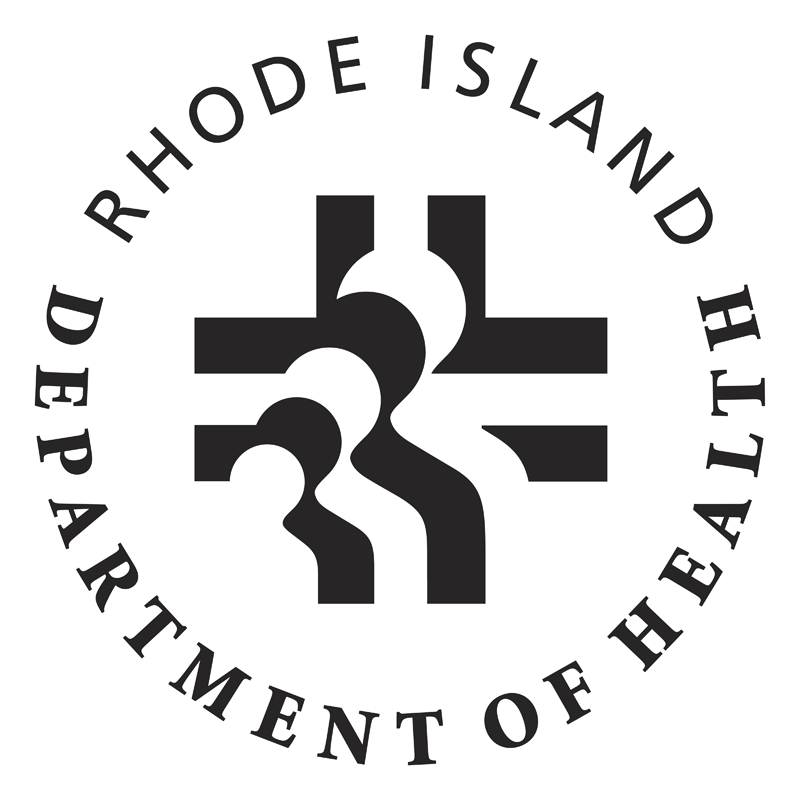- Phone: 401-222-5960
- Licensing Unit Room 105A,
- 8:30 AM - 3:30 PM, Weekdays
- Directions
- Parking is restricted until 3 PM
 Rhode Island Department of Health
Rhode Island Department of HealthState of Rhode Island
Department of Health
 Rhode Island Department of Health
Rhode Island Department of HealthState of Rhode Island
Department of Health
Renewal notices are sent out 60 days before your expiration date. Renew Online
Every physician assistant licensed to practice within the state shall be required to have satisfactorily completed twenty-five (25) hours of approved continuing medical education annually. Statute
Screen all patients and caregivers.
Educate yourself, patients, and staff.
Promote increased access to naloxone.
Prescription Drug Monitoring Program
Register with the Prescription Drug Monitoring Program (PDMP) . Check the PDMP each time you dispense/prescribe a controlled substance to help prevent fraudulent prescriptions from being filled. This will also help identify suspected pharmacy/doctor "shopping." More
Contact us for PDMP support.
Psychiatric Resource Network Programs
Teleconsultation lines for providers who see perinatal and/or pediatric patients to receive real-time clinical consultations with specialty psychiatrists to discuss patient diagnosis, treatment planning, medication safety, and referral support.
Learn more about the Psychiatric Resource Network (PRN) lines.